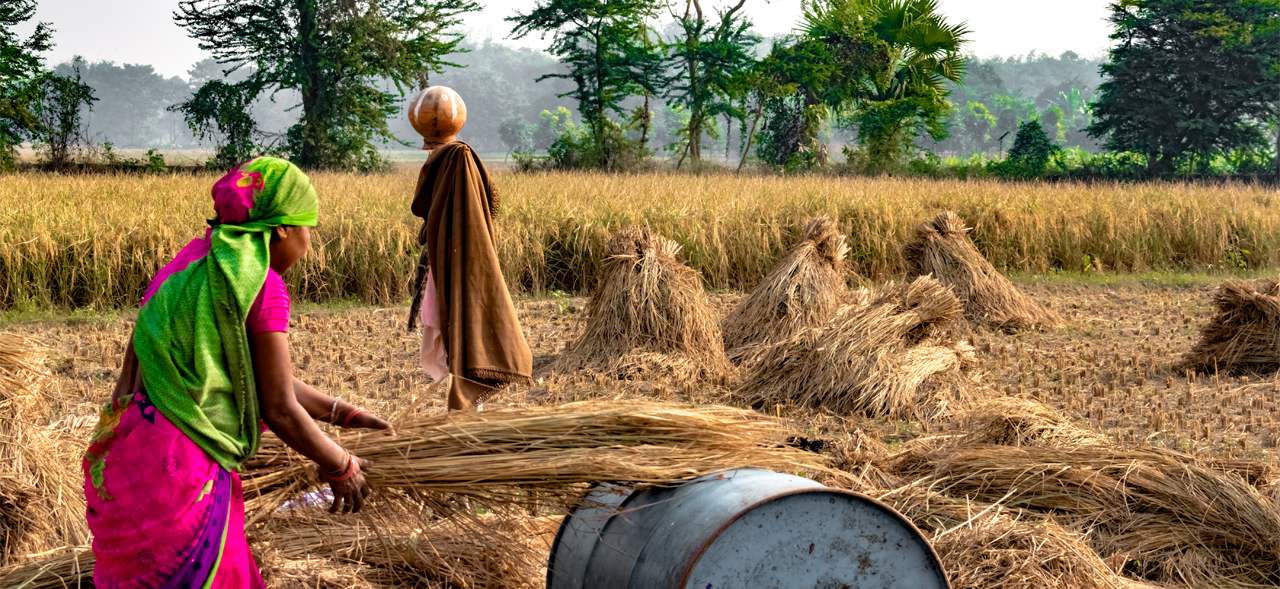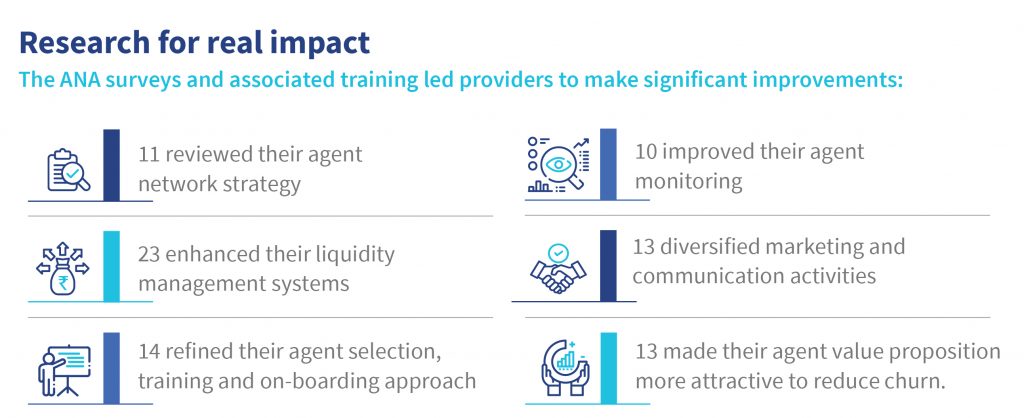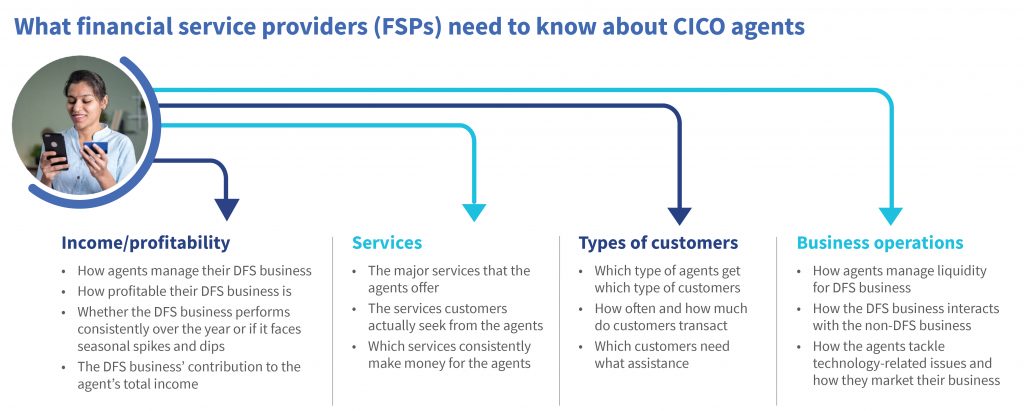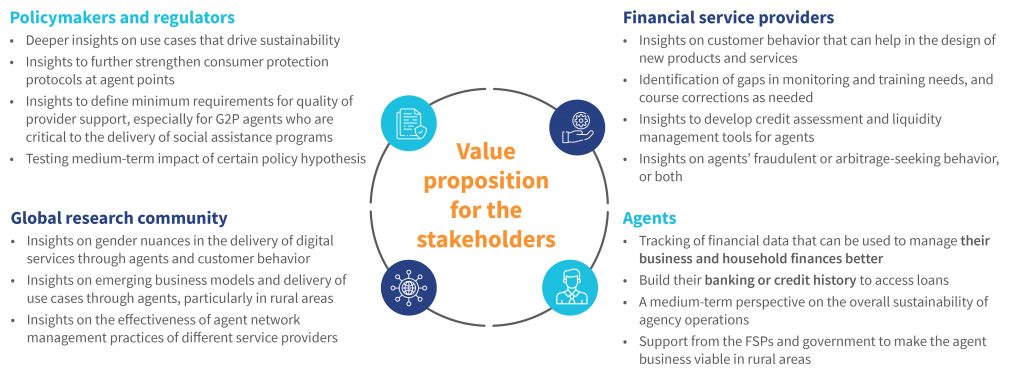India’s female labour force participation rate (FLFPR) has increased marginally from 32.5% in 2020-21 to 32.8% in 2021-22. But is this pace fast enough? How can women’s participation in the labour force increase to match the global average of 47%?
While India continues to have one of the highest increasing GDP per capita growth at 6.3% in 2022 as compared to other South Asian counterparts, some neighbouring countries like Bhutan (53.8%) and Nepal (40%) have a higher female labour force participation rate as compared to India in 2022.
Women can have a tremendously positive impact on India’s economy. By 2025, if the FLFPR of women increases at the same rate as men, it can add USD 770 billion to India’s GDP. But how close are we to achieving this goal?
Policymakers have increasingly emphasised bringing women into the workforce through policies and programs to build their skills while addressing normative barriers that deter women from taking up jobs. Some barriers result from higher dropout rates among girls, limited job opportunities, and wage discrimination. Moreover, social norms around mobility, decision-making, and household responsibilities can also hinder the extent to which women seek employment in the first place. And after childbirth, re-entering the workforce becomes even harder.
Oxfam India research suggests that while similar norms persist in other South Asian countries, there are far more barriers that hinder women going to work in India. A pertinent example is the correlation between increased development rates and higher household income in urban Indian settings, which paradoxically impacts a woman’s ability to pursue work opportunities outside her home. This trend is fueled by societal preferences for women to remain in domestic roles, particularly as their status advances. Alongside challenges related to safety and mobility, additional factors such as the limited availability of white-collar positions for the growing number of educated women contribute to these barriers. In contrast, countries like Bangladesh offer more formal avenues for women’s employment, particularly in expanding international trade sectors
Moreover, the informal nature of many Indian industries, especially manufacturing, inhibits women’s participation in the burgeoning job market, leading to a predominantly male-dominated environment. A significant factor contributing to this situation is that women in India often experience their first pregnancy before the age of 22, assuming primary responsibilities for childcare, especially in urban areas. Consequently, women are often forced to leave their jobs, opt out of the workforce, or navigate the challenge of providing unsupervised care for their children. This emphasis on early years childcare supersedes career pursuits, and urban women, distinct from their rural counterparts, lack the robust community support systems that enable them to balance work and child raising responsibilities effectively.
While women have access to institutional support, it remains limited to rural programs for pregnant women and post-childbirth care. The Pradhan Mantri Matru Vandana Yojana (PMMVY) is a wage compensation program that provides financial support to pregnant and lactating women to improve maternal and child health. Meanwhile, the Janani Suraksha Yojana (JSY) offers financial support and resources to pregnant women for safe delivery and post-delivery care.
Additionally, India has policies that mandate employers to provide on-site childcare facilities under the Mahatma Gandhi National Rural Employment Guarantee Scheme (MNREGS). The country also has several policies that authorise childcare for organisations with 50 or more employees. However, most such provisions focus on women in rural areas. Inadequate support in semi-urban and urban spaces remains a missing link for women when they attempt to reenter the workforce post-childbirth.
So, what is the way forward to galvanise women’s labour force participation? One way is to formalize the care economy by investing in the childcare system. Although crèches under the National Creche Scheme understandably reduced during COVID-19, from 18,000+ in 2017-18 to 6,000+ in 2020, available data does not explain if these numbers have shifted between 2021-2023. Increasing crèches at scale will require more childcare professionals, teachers, healthcare professionals, and other associated people. Moreover, if the number of crèches increases, it would enable convergence between upskilling women through government programs, such as the Swarna Jayanti Shahari Rozgar Yojana (SJSRY), which supports women’s self-employment.
Government policies can prioritise encouraging initiatives, such as starting local childcare crèches. Upskilling programs, such as the National Urban Livelihoods Mission, can train women in specific areas, such as health, nutrition, and education, to evolve them as childcare professionals as a career starting point. India can take note of countries, such as Mexico, that run large-scale subsidised childcare programs to encourage women to return to work.
Another approach would be for the government to incentivise private firms that employ more women with tax rebates and other forms of recognition. Some industry players in the manufacturing sector have 100% women employees. Female employment enables government involvement while allowing industries to direct their corporate social responsibility ventures to benefit their output and productivity rates.
Investing in the childcare ecosystem, building engagements with the private sector and civil society, and creating policies that enable women’s participation in the formal economy can help overcome existing normative barriers and limited economic opportunities. Together, these interventions can chart new heights for women and build milestones for India’s growth story.









